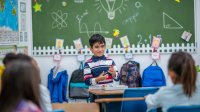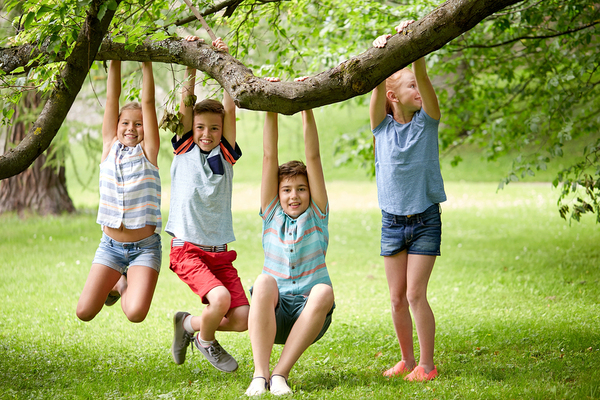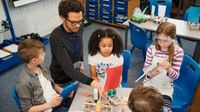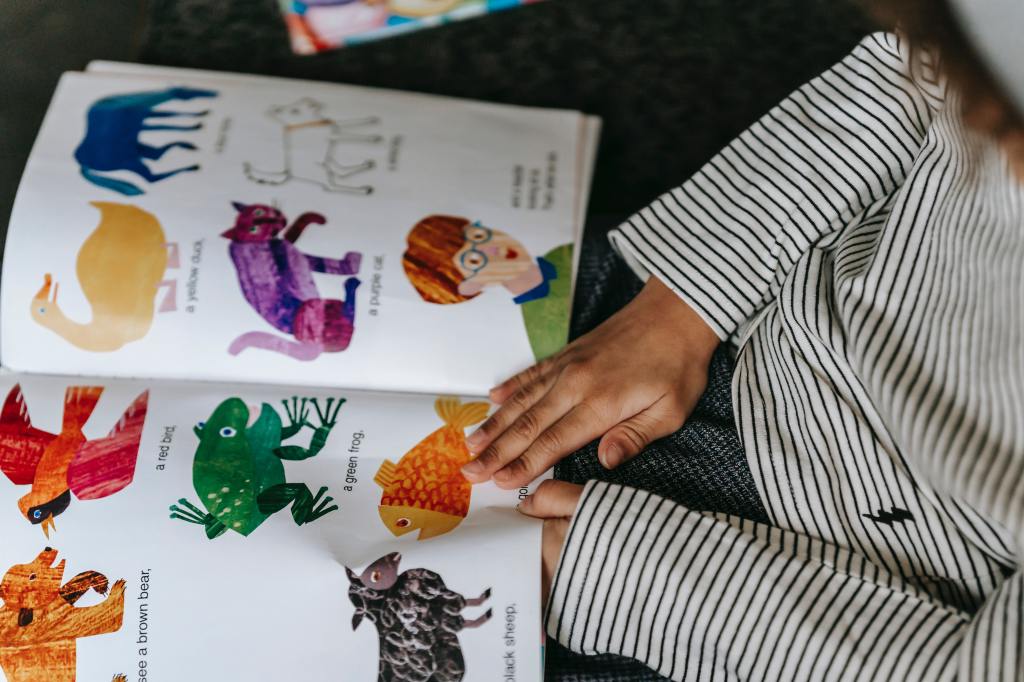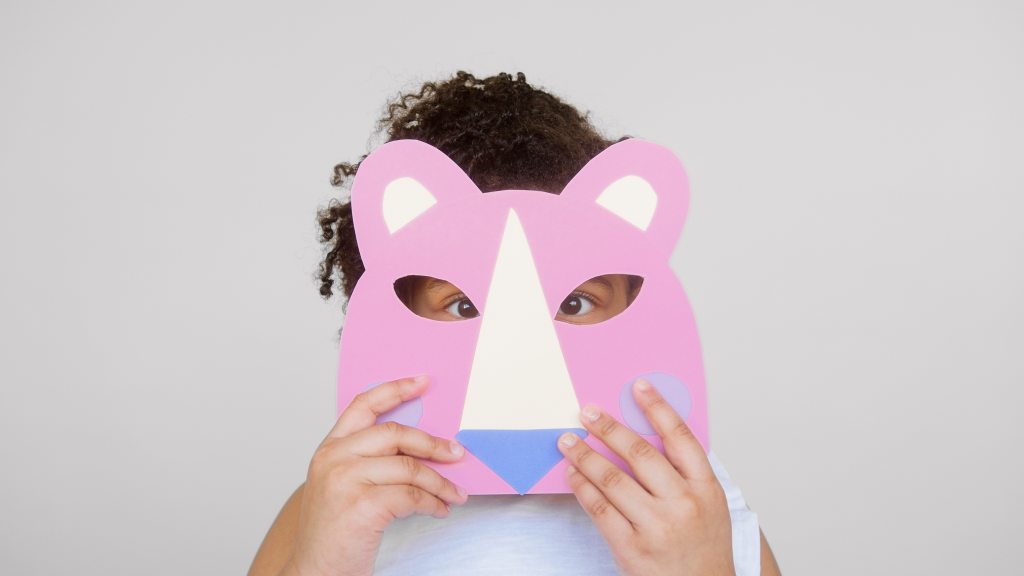Published https://www.edutopia.org/article/pbl-presentations-in-preschool
Project-based learning allows very young students to explore, research, and grow their knowledge. Presenting their work to the community validates their efforts.
March 2, 2023
Credit:FatCamera / iStock
In a project-based learning environment, students build knowledge and develop skills by working collaboratively for an extended length of time on a question or challenge from the real world. For early learners, PBL projects provide an inviting and flexible arena in which to explore, follow their curiosity, and develop different skills and strategies. Sharing their work with the community can further fortify their learning.
In Engaging Children’s Minds: The Project Approach, authors Lilian G. Katz, Sylvia C. Chard, and Yvonne Kogan identify three phases in the life of a PBL project. The first phase encompasses the teacher and learners finding out how much they know about a topic and defining what they’d like to know more about regarding the topic. The learners, with the direction of the teacher, develop questions that will guide them in their research.
In the second phase, which the authors call the developmental phase, the teacher guides the learners in their research and facilitates resources.
The final stage is the concluding phase; the teacher and the learners find a conclusion to the project, and the children share the knowledge they’ve gained with the community: topic experts, school board members, parents, peers, and teachers. With the help of their teacher, the children explain the topic they’ve studied, the inquiry process, the choices they made, and their conclusions.
They can use drawings, flash cards, realia, or any other device that might give them confidence during their presentation. The main goal of the presentation is for students to share their learning journey, which will help them develop ownership of their learning and cultivate higher-order-thinking skills. The presentation also shows learners that they can make a difference in their communities and that their voice counts.
PLANNING A PBL PRESENTATION WITH YOUNG LEARNERS
Let’s say there’s a group of 4-year-olds who observe that raindrops don’t penetrate the leaves of a nearby plant. From this observation, they raise the question: How can we make a roof for our playground out of leaves?
It’s paramount that during the different phases and steps of the project, the teacher and students collect documentation and the students learn to keep records of their work. So, for the above example, it would be appropriate to document the research process through photographs, drawings, audio and video recordings, oral reflections, questions from the learners, and observations of leaves and water. Using a magnified image of a leaf, the learners can also document how its structure prevents the water from penetrating the leaf.
It might also be helpful for a botany teacher or specialist to explain the structure of a leaf to the children and the effectiveness of leaves as essential materials for the construction of a roof. The learners and teacher may also invite a construction worker and/or an architect to guide them with finding alternatives for a roof made out of leaves.
The documentation that the children produce needs to be supplemented with audio recordings of the teacher talking about a specific observation, conclusion, or question. Photographs of the children working at different stages of the research process can also serve to document the learning process.
ORGANIZING THE PRESENTATION
It’s advisable that at different intervals during the PBL project, the teacher invites learners to explain to their peers what they’ve done, the steps forward, new ideas, or even what they found irrelevant or useless. This exchange will give learners the scaffolding they need to be prepared to talk to a wider audience.
Additionally, it would be helpful to display the documents of the learning process in the classroom and for the teacher to refer to them on a daily basis. This will help the learners recall the process from the start of the project to the present and reflect on the ups and downs of the research path.
To organize the presentation, the learners and the teacher decide which documents best show the learning path, and then they choose how they’ll display these documents on the day of the presentation to make the process clear for the audience and to make it easier for the learners to use the documents to support their talk.
THE PRESENTERS
Generally, when teachers and early learners are beginning to work through PBL, teachers prefer to work with the whole group and at times organize the learners in small groups or teams for specific tasks. This allows the teacher to better lead the learners and closely monitor their progress. Once the learners and the teacher are familiar with PBL group dynamics, working in small groups will be more frequent.
If all the learners will be presenting the same project, they need to be organized so that the teacher and the learners arrange a sequence of presenters that follow the project steps in order. Rather than have the students memorize the text of the presentation, let them explain the learning process spontaneously. It’s important, of course, to practice in class and check when and how to use the resources, as well as how to manage hesitation, timing, taking turns, and speaking clearly and loudly enough.
THE AUDIENCE
The role of the audience is fundamental. There needs to be interaction between the audience and the children so they see that the community members (parents, teachers, experts, peers, school board) are interested in their work, maybe even asking the presenters some questions. For this reason, it would be a good idea to give the audience a guide to the kinds of questions they may ask—for example:
- What would you have done differently if you did this project again?
- What would you like to add to this project if you had the time and resources?
- If given more time or resources, what would you have changed in the research/data collection process?
- Did you consider other solutions to solve the problem?
- What was the most difficult moment in the project? How did you solve it?
- What was the most amazing moment in the project?
As curriculum and instruction specialist Dr. Candice Wilson-McCain says, “Public showcases allow students to celebrate their work and give them the sense that their work is valuable and has meaning beyond receiving a grade.”
Very young children are naturally curious and willing to inquire, find connections between objects and facts they discover in the world around them, and share their discoveries. As a result, if we invite those marvelous minds to fly high, they will unquestionably have the opportunity to shine.
